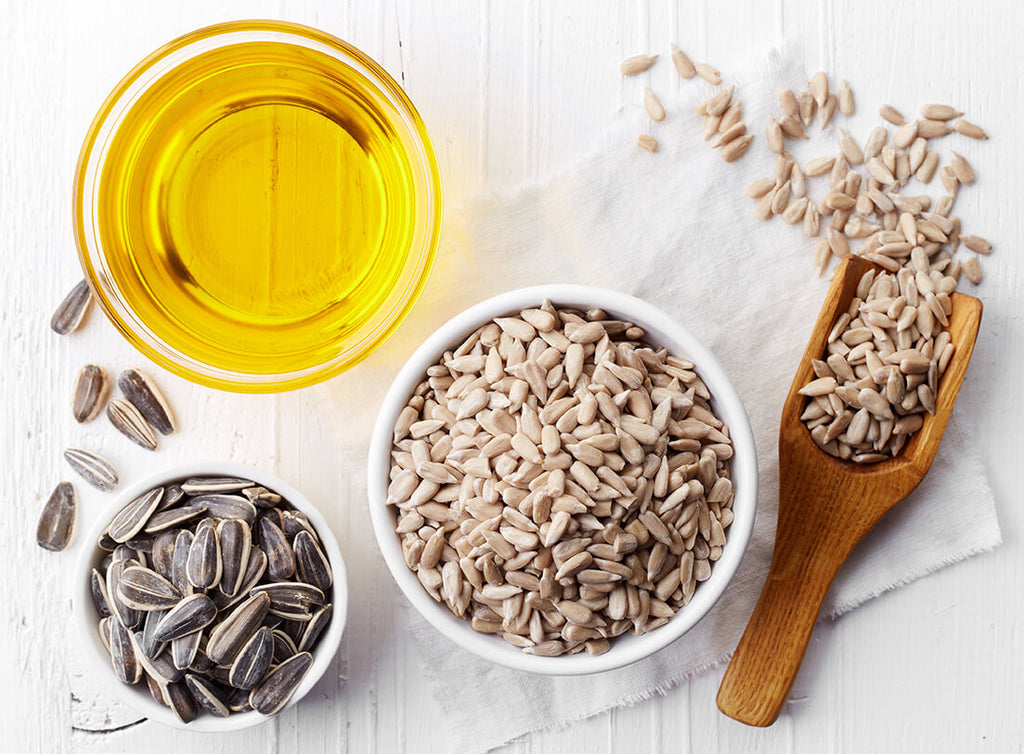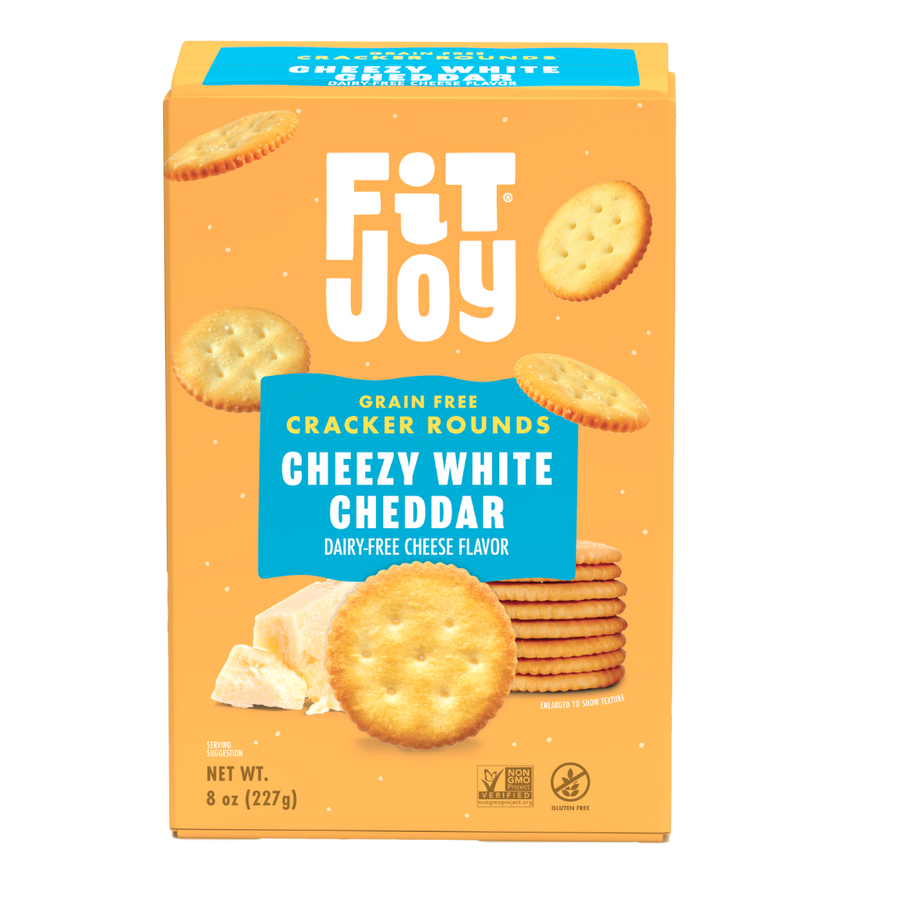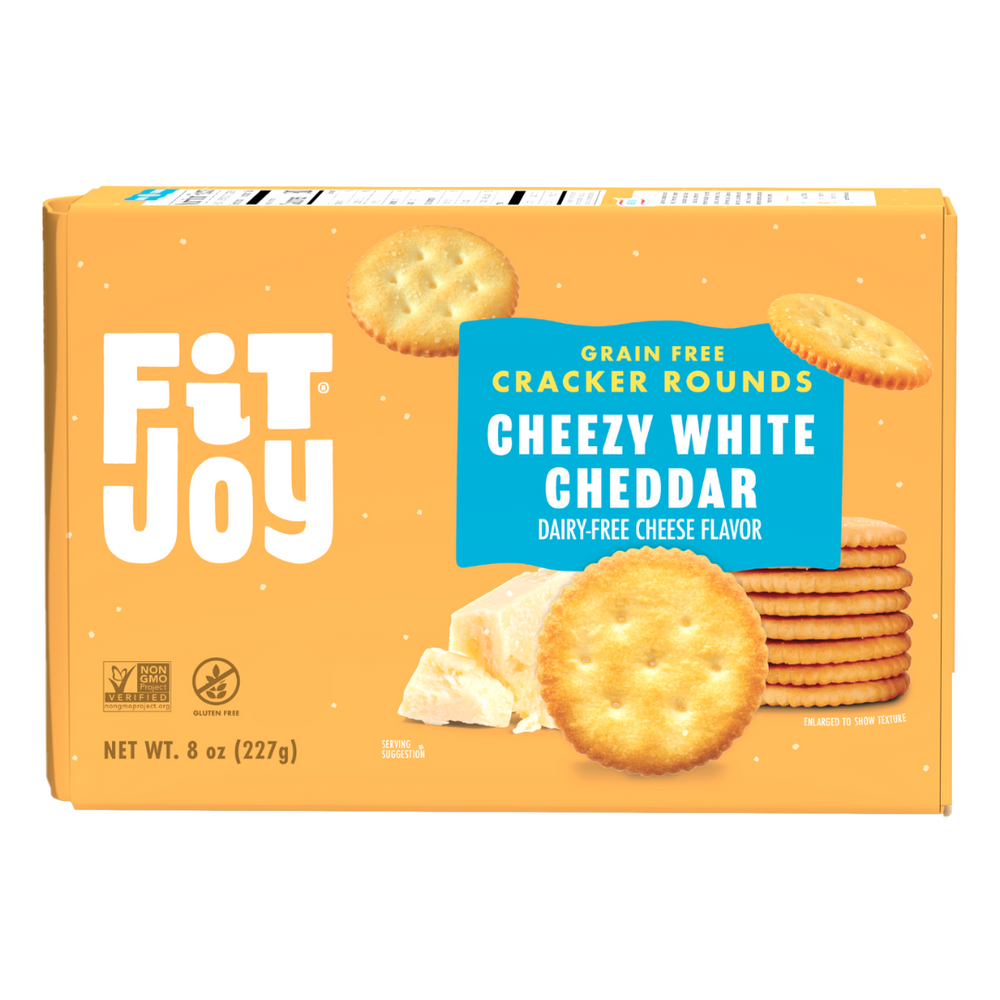High Oleic Sunflower Oil: Long Name, Great Benefits
Have you noticed the term “high oleic” in front of oil callouts recently? You’re more likely to see this term used on an ingredient list for a packaged product rather than finding it in a bottle on a shelf—although you can certainly also buy high oleic oils to cook with. High oleic oils are vegetable oils (sunflower, safflower, corn, soybean) that have been bred to contain more oleic fatty acids (monounsaturated fats) and less linoleic acid (polyunsaturated fats).

I know—it's a mouthful. Basically, linoleic acid—a type of omega-6 polyunsaturated (PUFA) fat—is the main reason many health professionals now recommend staying away from most vegetable oils like canola, sunflower, peanut, corn, and safflower. Linoleic acid is a fragile fatty acid that increases inflammation by creating oxidative stress on our cells when heated.
PUFAs
Our ancestors ate very little linoleic acid in their diet, but thanks to modern-day processing, it’s now a much larger part of the Western diet. Fast food, chips, packaged muffins, and cookies, etc., are all to blame for the increased PUFAs in our modern diet.
Linoleic acid is also prone to rancidity as well as oxidation due to its fragile state. Our cell membranes are made of fatty acids and their composition depends on the types of fats we’re eating. If we eat a diet high in delicate, rancid omega-6 PUFAs, our cell membranes are compromised and oxidative damage (disease) to our cells occurs.
Research on the detrimental effects of linoleic acid shows a potential increase in atherosclerosis and cancer. Dietary advice on vegetable oils is very confusing, as some studies show that high PUFA vegetable oils decrease cholesterol, leading to the advice that these oils are heart-healthy. However, even though some research shows high PUFA oils improve your cholesterol profile in a favorable direction, other research shows it may increase the risk of atherosclerosis due to the increase in inflammation.
Why are vegetable oils used in the first place in processing? Previously, many processed foods used hydrogenated (trans fat) oils to make foods shelf stable as well as to fry foods. When trans fats were banned, food companies started using vegetable oils instead. Healthier oils like olive oil are typically not used due to their lower smoke point.

Omega-3’s are a type of polyunsaturated fat that does not have the same questionable effects as omega-6’s. We know that a higher ratio of omega-3: omega-6 decreases inflammation. Omega-3 food sources include seafood, and small amounts are found in walnuts, flax seeds, and chia seeds; although the plant form of omega-3 (ALA) is not as beneficial as the seafood form (DHA and EPA). If you’re not eating seafood a couple of times a week, a fish oil supplement may be a good idea to increase your omega-3s.
MUFAs
Monounsaturated fatty acids (MUFAs) are the main fat found in the Mediterranean diet, which is touted as one of the healthiest diets for humans to reduce disease. People eating the traditional Mediterranean diet have much lower risks of heart disease and certain cancers compared to those in the Western world. MUFAs may reduce your risk of heart disease, cancer, inflammatory diseases and may improve insulin sensitivity. MUFAs are found naturally in olive oil, avocados, and avocado oil and nuts. Vegetable oils contain both MUFAs and PUFAs, but traditional canola, sunflower, peanut, corn, and safflower oils have higher amounts of PUFAs than MUFAs. However, the high oleic oil versions of these vegetable oils are a different story.

High oleic oils are vegetable oils that have been bred to contain more oleic acid (a type of MUFA) in place of linoleic acid. These oils actually come from a type of high oleic seed that is different from the traditional seeds used for oils. Using high oleic oils instead of regular vegetable oils increases the amount of MUFAs in the diet and are a more favorable choice due to its lower rate of oxidation. High oleic oils are more stable to heat and have a longer shelf life. High oleic sunflower oil is much more stable in processing than regular sunflower oil, making it a better and healthier option for shelf snacks. The FDA has approved the claim that high oleic oils reduce the risk of coronary heart disease when replacing saturated fats.
High oleic sunflower oil has at least 80% oleic acid; traditional sunflower oil has only 20%. It is very stable (meaning less oxidation) and has a neutral taste, making it a great option for frying or for use in packaged products. A diet rich in high-oleic sunflower oil lowers LDL cholesterol, triglycerides and coagulation. Because of these benefits, FitJoy chooses high oleic sunflower oil in their products in their pursuit of high quality, nutritious ingredients.
Hopefully, more manufacturers will catch on to high oleic sunflower oil and other high oleic oils in place of the vegetable oils they are currently using in their products. Making this switch in the manufacturing world would likely make a big difference in reducing inflammation and a more favorable fatty acid consumption in the Western population.

Bottom line
High oleic sunflower oil and other high oleic oils are a more healthful option for manufacturers than traditional vegetable oils. In your packaged goods, start looking for products that contain high oleic oils versus traditional vegetable oils, and always inspect ingredient labels to look for quality ingredients.
FitJoy proudly uses high oleic sunflower oil in our protein bars, protein puffs, and grain-free pretzels.






Leave a comment